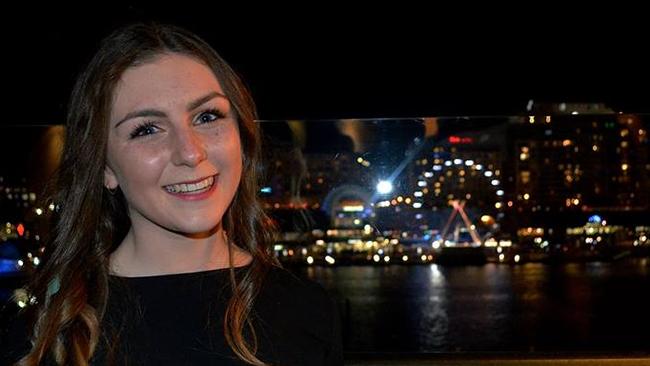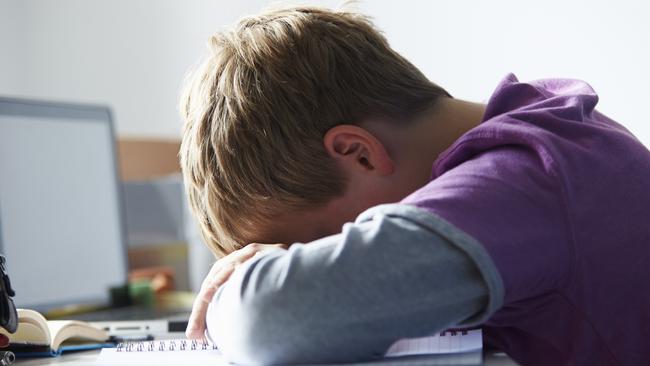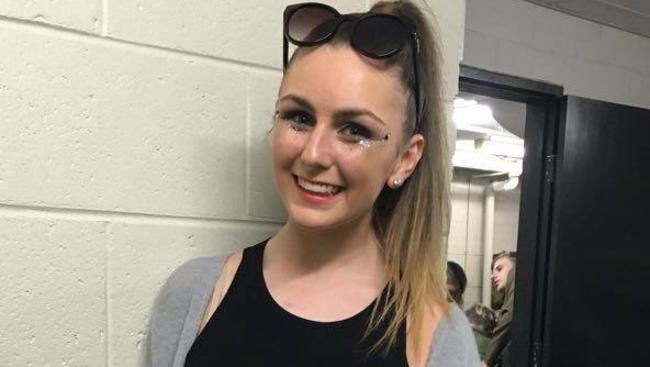Mission Australia Youth Survey reveals teens stressed about exams, job prospects, body image
A NEW study shows the depths of despair among Aussie youth about their futures. This is how tough it is for our kids.

CLAIRE Hiley is worried.
While she still has another year before she finishes high school, the 17-year-old has already decided what career path she wants to follow and is scared she might fail.
Claire wants to study occupational therapy at university.
Places in the course are limited and competition is fierce. Prospective students need an Australian Tertiary Admission Rank (ATAR) of at least 93.
Not only is she worried about achieving the results needed to get in, she is concerned about job prospects after she finishes her degree.
And she is not alone.
According to Mission Australia, more than half of the 15- to 19-year-olds who took part in its 2015 Youth Survey believed something would prevent them from achieving their dreams.
Of those, almost one fifth (18.2 per cent) of the 19,000 young people surveyed said they felt their academic ability would be the barrier, while 16.9 per cent said financial difficulties would stand in the way of achieving their study or work goals.
And another 12.2 per cent believed lack of employment would hinder their ability to pursue dreams.
Claire, of Hurstville Grove in southern Sydney, explained while many of her friends still hadn’t decided on a career path, achieving the grades needed to get into university was their primary concern.
“Most of my friends are still unsure of what they want to do but everyone is always talking about their grades and getting good results,” she told news.com.au. “There’s a lot of pressure on us to do that.
“I want to get good enough results to get into the career I want to and get a stable enough job. Unemployment rates are high these days and getting good enough results to be able to get the career that I want.
“I have always been interested in health sciences. It’s something I really want to do.
“At uni you need about a 93 (to get in). It’s really difficult. You really need to do well.”

Claire said if she failed to get the score needed she would try another course and hoped to move across the following year.
But achieving good marks is not the only thing the teenager and her friends worry about — it’s also how they look.
According to the survey results, body image was the third most common stress for young people (26.5 per cent).
Claire explained while she was not consumed by body image, the constant barrage on social media had made it impossible not to be influenced.
“I guess at our age body image is a big issue,” she told news.com.au. “A lot of girls are concerned about it. And the negative effects.
“It’s everywhere, all over TV, magazines, social media.
“There are so many social media platforms. It’s just constant, you can’t escape it.
“But I know that not everyone has that body or those things. And I know that it’s not worth putting yourself through that.
“You definitely look at those pics and think, oh I wish I could look like that, but it hasn’t affected me to the point of doing anything drastic to try and achieve that.”

And while school/studying problems and body image were the top three things causing stress in young people’s lives, drugs and alcohol came out on top as the most important issue teens said was facing their generation.
Mission Australia chief executive officer Catherine Yeomans said this could be because of the reported rise of ice use in Australia. More than 27 per cent of respondents said it was a concern.
“Alongside general concerns surrounding alcohol and drugs use in peers, this concern may reflect the permeation of the drug ice through many communities in Australia, as well as its prevalence in media and political discussions,” she said.
Ms Yeomans said the survey also showed teens were reporting equity and discrimination as an issue of national concern, with many expressing racism and sexism as areas they were worried about.
“This may reflect debates we are having at a national level, particularly around domestic and family violence. At the same time, disappointingly young women were more likely (21.7 per cent compared with 13.8 per cent) than male respondents to identify academic ability as a barrier to achieving their post-school goals,” she said. “While we shouldn’t oversimplify such responses, it does concern me that young women — who academically achieve on par, if not better than, males — appear to be lacking confidence in their skills.
“It highlights the increased need to tackle wider gender equality. Despite some progress, women are still woefully under-represented in leadership roles across all sectors. Without strong female role models I fear young women will continue to lack the confidence to aim high and attain their goals.”
And while Ms Yeomans said it was heartening to see that overall young people were positive about the future (about 40 per cent), it was a concern that one in 10 felt either negative or very negative.
“The prominence of financial difficulty as a barrier to young people’s goals after school is concerning as we know young people adjust their aspirations in response to financial constraints early in their school life and which may limit their options for the future,” she said. “The fact that they are continuing to report the economy and financial matters as a national concern shows that financial issues are weighing heavily on their minds as they consider their futures.
“In 21st century Australia, we have to ensure the policies and supports are in place so children do not self-limit their aspirations because of financial concerns.”



